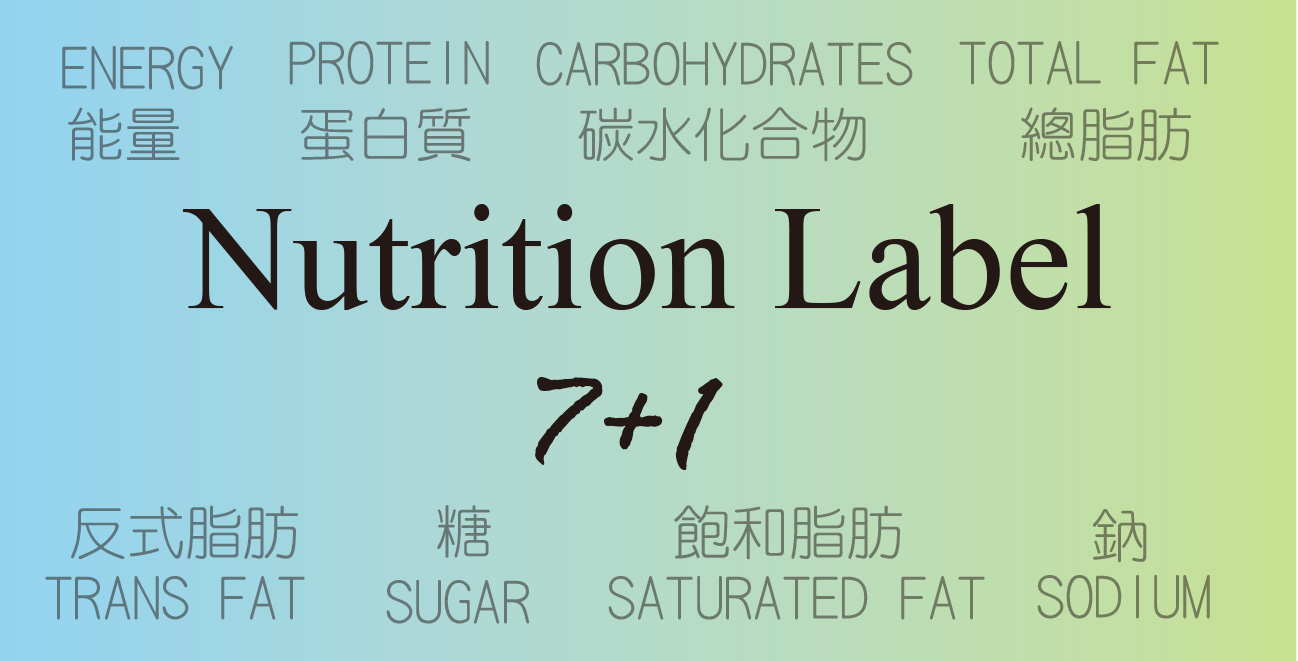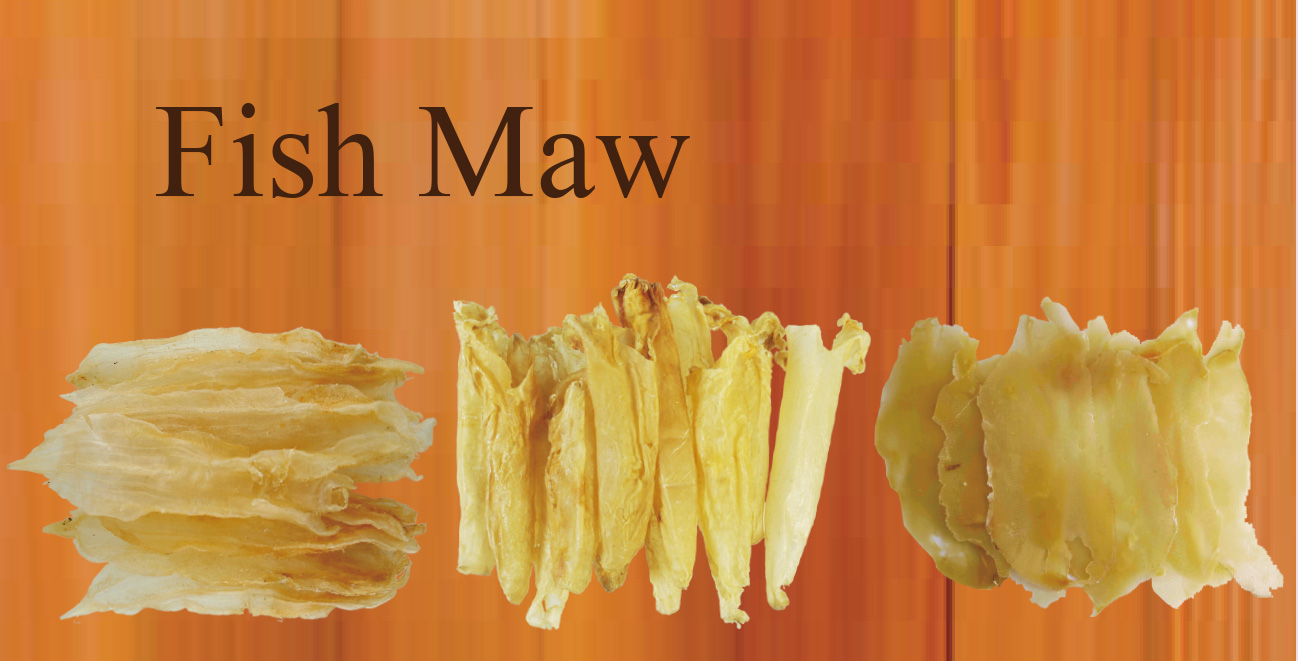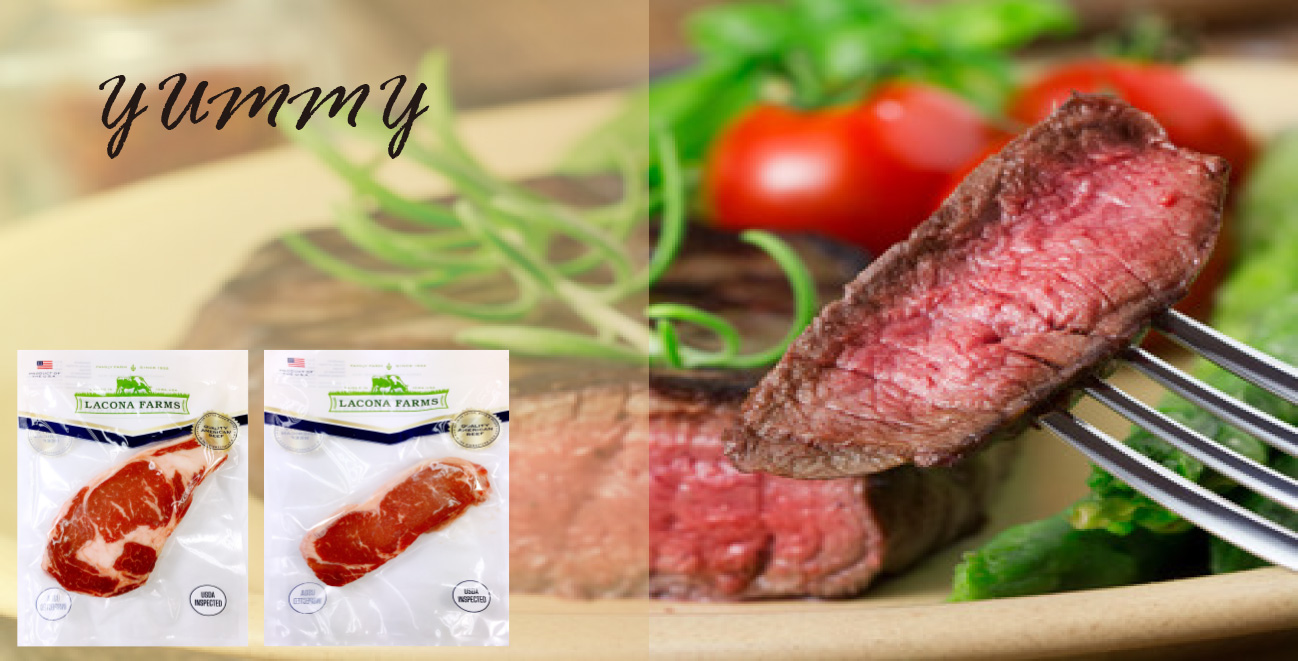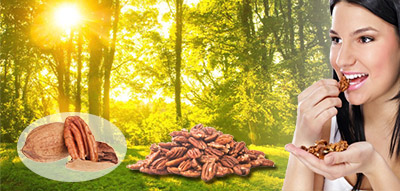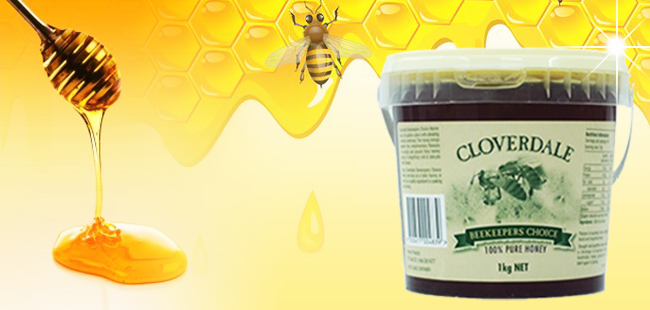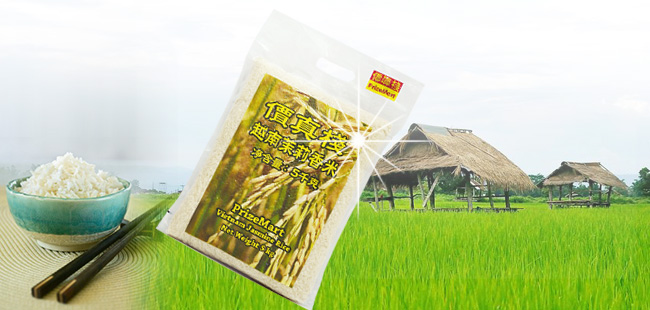"Prizemart" Vietnam Jasmine Rice, tasty, soft and smooth
Although "Prizemart" Premium Jasmine Rice is not grown in Thailand, but it is the same the species as the Thai Hom Mali. The Thailand and the Vietnam Jasmine Rice are cultivated in a similar environmental climate, so a few years ago, farmers successful planted the HOM MALI rice outside Thailand with the Thai variety.
Our company recently hired an European company to conduct a genetic comparison of "Prizemart (Viet Hong)" Premium Jasmine Rice in the laboratory, the report confirmed that the genes of Vietnam Jasmine Rice and Thai Hom Mali Rice are 96 % identical, the report details: Page 1, Page 2, Page 3 & Page 4.
Recently, the Hong Kong Consumer Council had sampled most of the rice brands in the market to test for the content of heavy metals and pollutants. The heavy metals and contaminants content in “Prizemart (Viet Hong)” Premium Jasmine Rice fulfill the standards in Hong Kong. In 34 tested rice samples, "Prizemart (Viet Hong)" Premium Jasmine Rice is in top ranked seventh, please refer to the “Choice” monthly magazine #446 (December 2013) on pages 12 to 18.
We often see the words of "Thai fragrant rice" or "Vietnam fragrant rice" on the bags, but the rice species are not listed. Therefore, the consumer is hard to know what is the actual rice species, commonly in the Hong Kong market, it was a mixture of variety of rice species (also known as "mixed rice"), but what kind of rice and the proportion were not specified. Consumers are so hard to compare the price and the quality of the rice in the market.

Jasmine Rice (HOM MALI) Characteristics
Jasmine rice (HOM MALI) shows a slim shape, white colour, looks clear and overall translucent, after cooking it shows fresh smell, rice in whole shape, soft and smooth texture. Unlike white rice, jasmine rice is harvested once a year, while white rice is harvested two to three times a year, so the yield of jasmine rice is fewer when compared to white rice. Jasmine rice is planted in June each year, and harvested from November to January each year.

Origin of the Name for Jasmine Rice (HOM MALI)
In 1945, there was a farmer in the eastern part of Thailand called Chonburi discovered KDML fragrant rice varieties, KDML is an abbreviation for “Khao Dawk Mali” which means Thai white jasmine. According to the regulation of Ministry of Trade in Thailand, the rice can be named as Hom Mali Rice / Jasmine Rice, only if it contains not less than 92% of the KDML 105 and RD15 these two varieties of rice species.

Source Jasmine Rice (HOM MALI) Aroma
The researchers from Thai Agricultural University in Thailand found a compound called 2 - acetyl-1 – pyrroline from a Thai rice varieties KDML 105, this compound is also found in other cereals and Pandan. 2-acetyl-1-pyrroline is similar to the smell of Common Screw Pine leaves (Pandanus amaryllifolius). Some native villagers in Southeast Asia often cook the white rice with Common Screw Pine leaves together, and the white rice absorbs the smell of Common Screw Pine leaves to have a similar smell of jasmine rice.

The Reason for the Softness of Jasmine Rice (HOM MALI)
The amylose content of Jasmine rice is between 12 to 19%. Amylose is a type of starch contained in rice, the softness of rice after cooking depends on its content of amylose. The lower the amylose content, the higher the rice purity, and the softer the rice is. Glutinous Rice is very soft just because of its low amylose content ranging from 1 to 12%.





